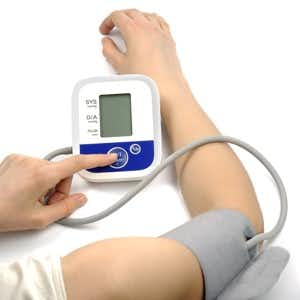
Bad blood pressure readings are far more common than most healthcare professionals will likely admit. Most patients want to be respectful. They do not want to get off to a bad start at a clinic visit by criticizing the med tech, nurse, physician’s associate or doctor regarding measurement technique. But bad blood pressure readings are far more common than most people realize—and they can lead to unnecessary worry, inappropriate treatment, or missed warning signs. In the doctor’s office, stress, timing, and rushed technique can all distort the numbers.
We know that we are starting to sound repetitious, but measuring blood pressure correctly is important:
A wrong number isn’t just a small inconvenience.
Falsely high readings can push people onto unnecessary medications, complete with side effects.
Falsely low readings can mask genuine hypertension, increasing the risk of heart attack, stroke, kidney damage, and heart failure.
A recent analysis in Annals of Medicine (December 2025) reported that when low blood pressure is overlooked, heart failure patients face significantly worse outcomes. Mistakes matter.
Readers Share an Amazing Number of Bad Blood Pressure Readings:
Most people assume a blood pressure measurement is as simple as slipping on a cuff and waiting for the machine to beep. If only it were that straightforward. Every week, readers tell us stories that make us wonder how accurate anyone’s blood pressure numbers really are.
And some of these reports are astonishing.
“Is this really how they’re trained?”
Citations
- Liu, H., et al, "Arm Position and Blood Pressure Readings: The ARMS Crossover Randomized Clinical Trial," JAMA Internal Medicine, Dec. 1, 2024, Dec 1;184(12):1436-1442
- Li, Z.., et al, "Identification and prognosis of low office and ambulatory blood pressure in patients with heart failure," Annals of Medicine, Dec. 2025, doi: 10.1080/07853890.2025.2583558

